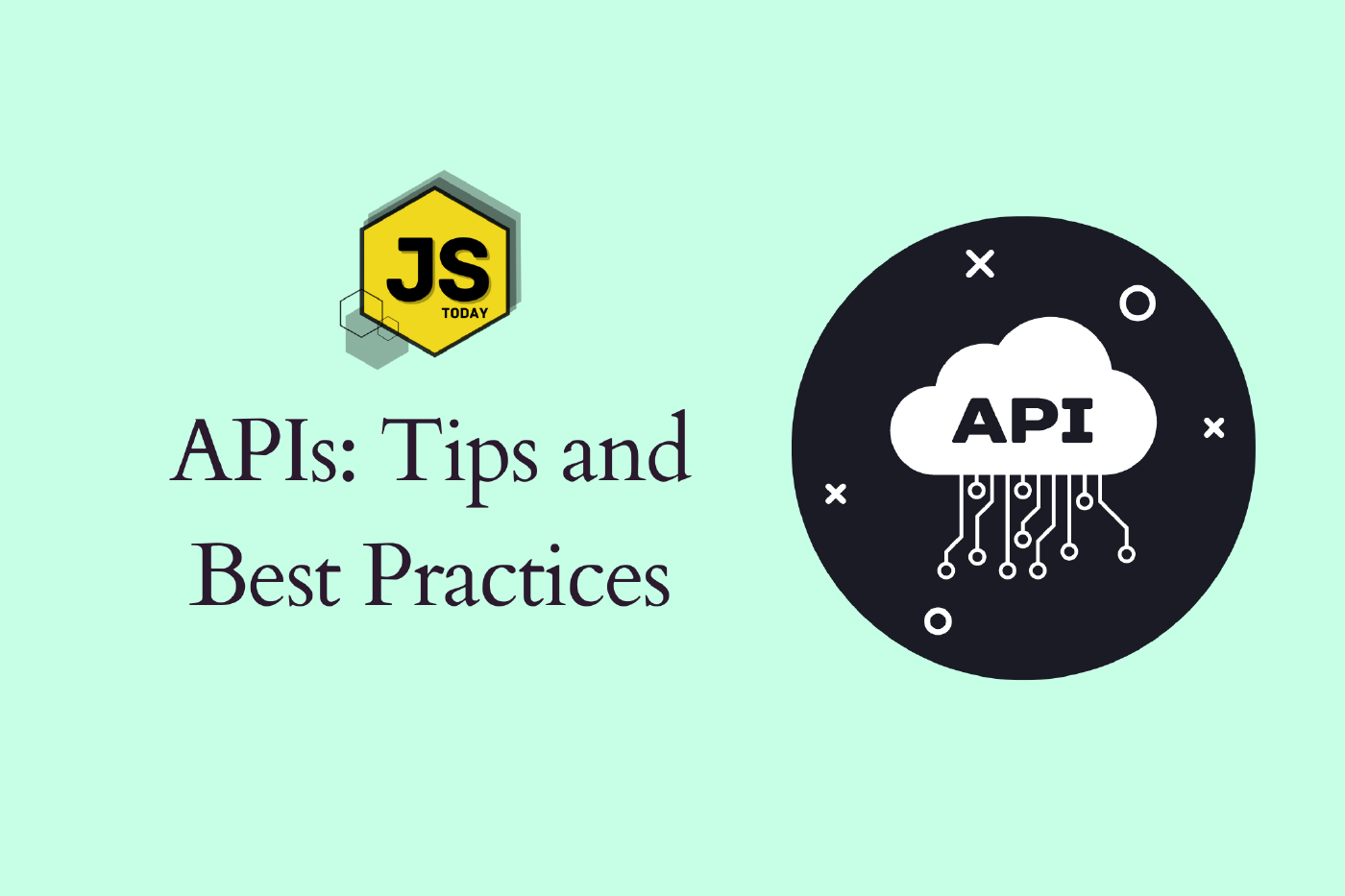JavaScript with APIs: Tips and Best Practices
JavaScript is a powerful language that can be used to interact with APIs (Application Programming Interfaces) and create dynamic web applications. Integrating JavaScript with APIs can provide a wealth of data and functionality for your web application.
However, it’s important to follow certain best practices and tips to ensure that your application is efficient, secure, and scalable.
In this article, we’ll explore the best practices for integrating JavaScript with APIs.
Understanding APIs
APIs are a set of protocols, routines, and tools used to build software applications. APIs allow different software applications to communicate with each other and share data. APIs can provide access to a wide range of functionality and data, such as weather data, social media feeds, and financial data.
In order to access APIs, you’ll need to use HTTP requests. The most common HTTP request methods are GET, POST, PUT, and DELETE. These requests allow you to retrieve, add, update, and delete data from APIs.
Best Practices for Integrating JavaScript with APIs
- Use Asynchronous Requests: When making API requests, it’s important to use asynchronous requests to prevent blocking the user interface. JavaScript has built-in support for asynchronous requests using the XMLHttpRequest (XHR) object. Alternatively, you can use the Fetch API, which provides a modern and easy-to-use interface for making HTTP requests.
- Cache Requests: Caching API responses can help reduce server load and improve application performance. You can use the browser’s local storage or session storage to cache API responses. This can also provide offline access to your application.
- Handle Errors: It’s important to handle errors when making API requests. APIs can return errors due to a variety of reasons, such as invalid input or server errors. You can handle errors by checking the HTTP status codes and displaying appropriate error messages to the user.
- Use JSON for Data Exchange: JSON (JavaScript Object Notation) is a lightweight data interchange format that is easy to read and write. APIs often use JSON to exchange data, so it’s important to know how to parse and stringify JSON data in JavaScript.
- Protect API Keys: API keys are used to authenticate and authorize access to APIs. It’s important to protect your API keys to prevent unauthorized access. You can store API keys in environment variables or use server-side code to make API requests.
Example of using an API
Let’s take a look at using an API. We’re going to use the Chuck Norris API to generate some random Chuck Norris jokes.
<!DOCTYPE html>
<html>
<head>
<title>Chuck Norris Jokes</title>
</head>
<body>
<h1>Chuck Norris Jokes</h1>
<button type="button" onclick="getJoke()">Get Joke</button>
<div id="joke"></div>
<script>
function getJoke() {
// Make an API request to Chuck Norris API
fetch('https://api.chucknorris.io/jokes/random')
.then(response => response.json())
.then(data => {
// Display the Chuck Norris joke
const jokeDiv = document.getElementById("joke");
jokeDiv.innerHTML = `<p>${data.value}</p>`;
})
.catch(error => {
console.error(error);
alert("Unable to get Chuck Norris joke.");
});
}
</script>
</body>
</html>
We’re using the fetch function to make a GET request to the Chuck Norris API, which returns a random joke in JSON format. Once we get the joke data back, we display it in a div element with the ID of “joke”. We also handle any errors that may occur during the API request.
Note that the Chuck Norris API doesn’t require an API key, so you can use it freely without signing up for anything.
Conclusion
Integrating JavaScript with APIs can provide a wealth of functionality and data for your web application.
However, it’s important to follow best practices to ensure that your application is efficient, secure, and scalable. By using asynchronous requests, caching API responses, handling errors, using JSON for data exchange, and protecting API keys, you can create a reliable web application that integrates with APIs seamlessly.
Related Posts
The Art of Data Visualization: Exploring D3.js
Data is everywhere, flowing into our applications from various sources at an unprecedented rate. However, raw data alone holds little value unless it can be transformed into meaningful insights.
Read moreJavaScript’s Secret Weapon: Supercharge Your Web Apps with Web Workers
During an interview, I was asked how we could make JavaScript multi-threaded. I was stumped, and admitted I didn’t know… JavaScript is a single-threaded language.
Read moreCreating a NodeJS Budgeting Tool
In this article, we’re going to show you how to read and write to a .txt file using NodeJS by creating a small budgeting CLI (Command Line Interface).
Read more


